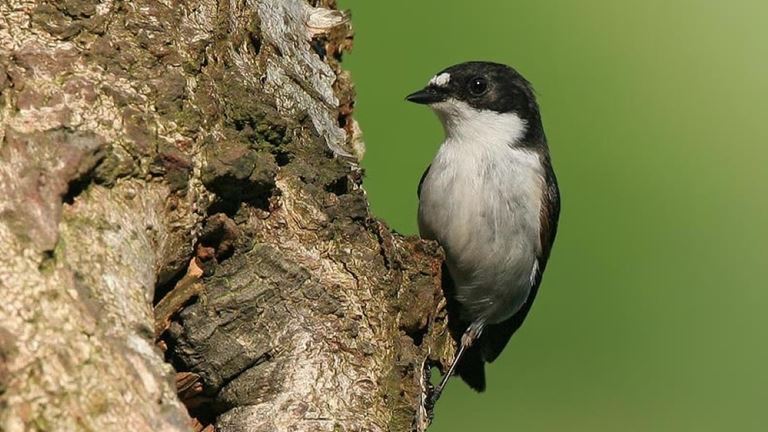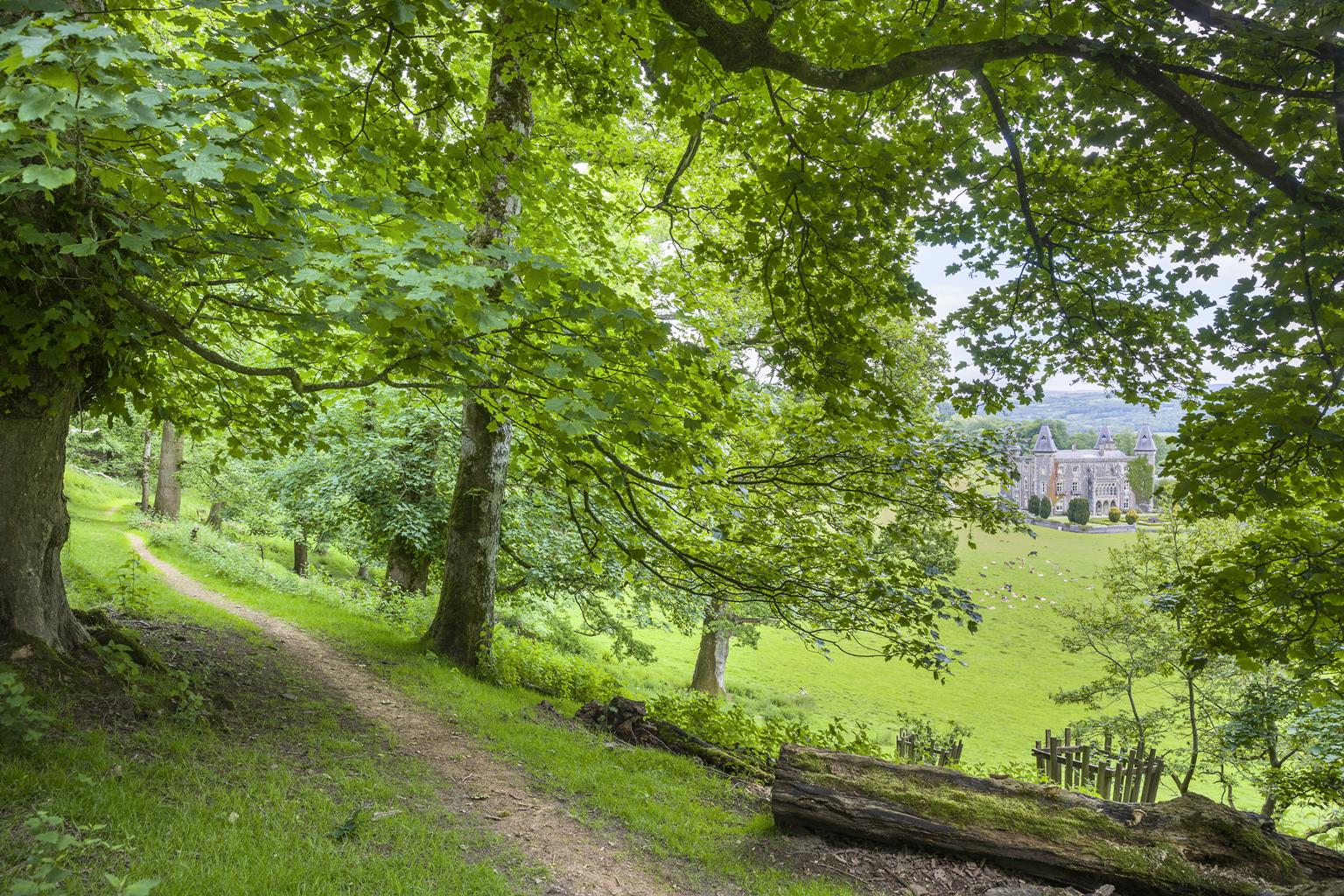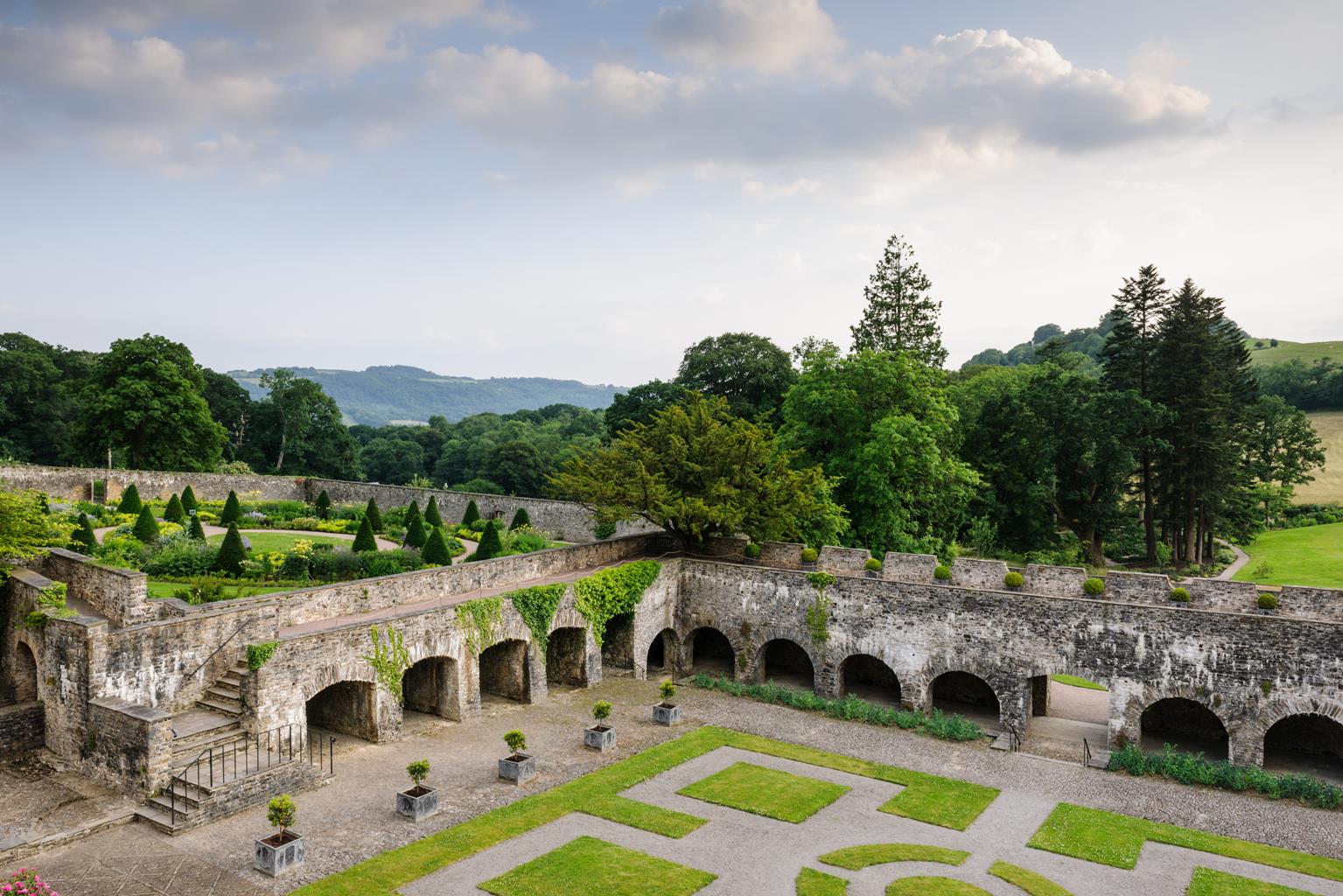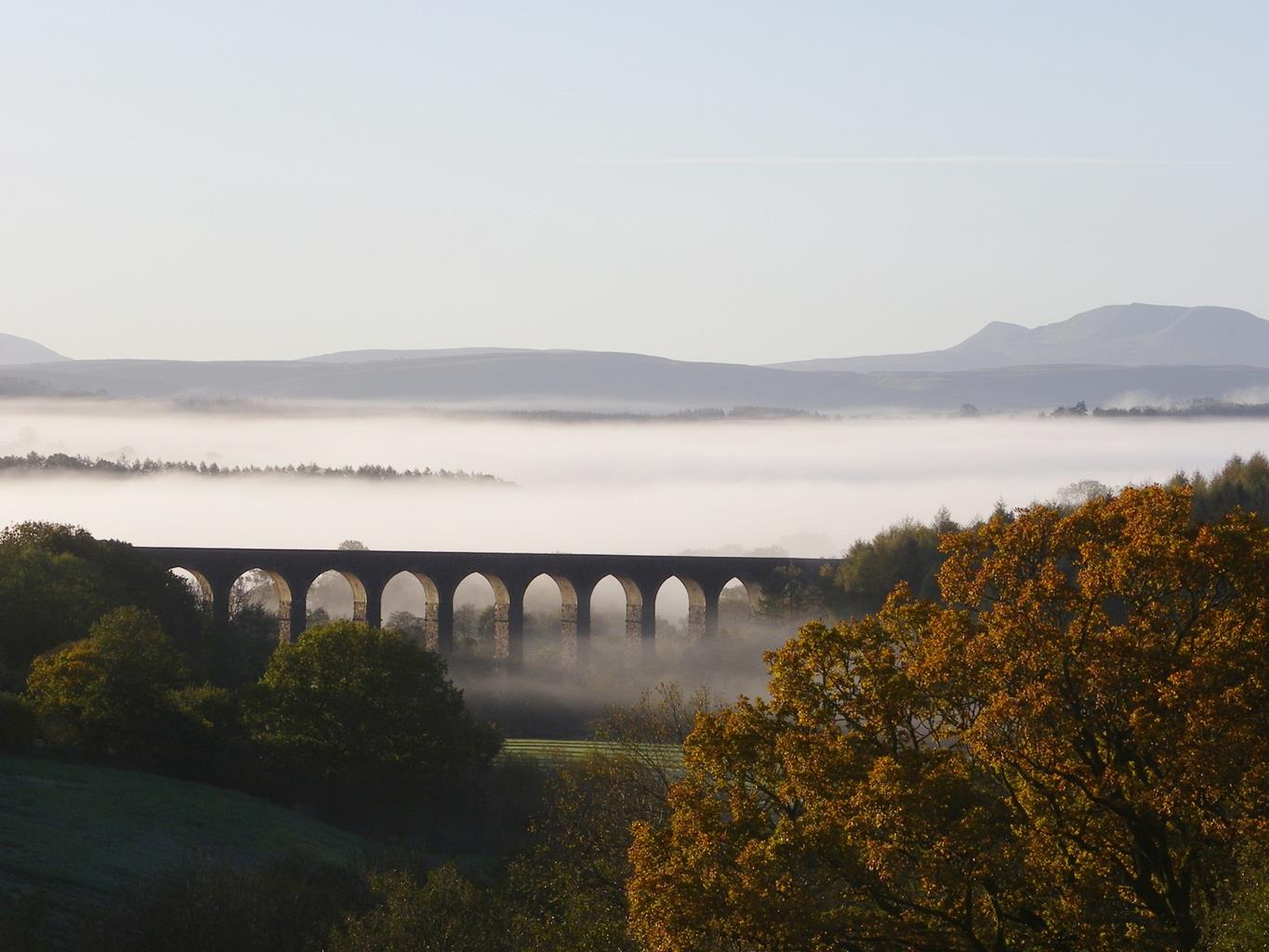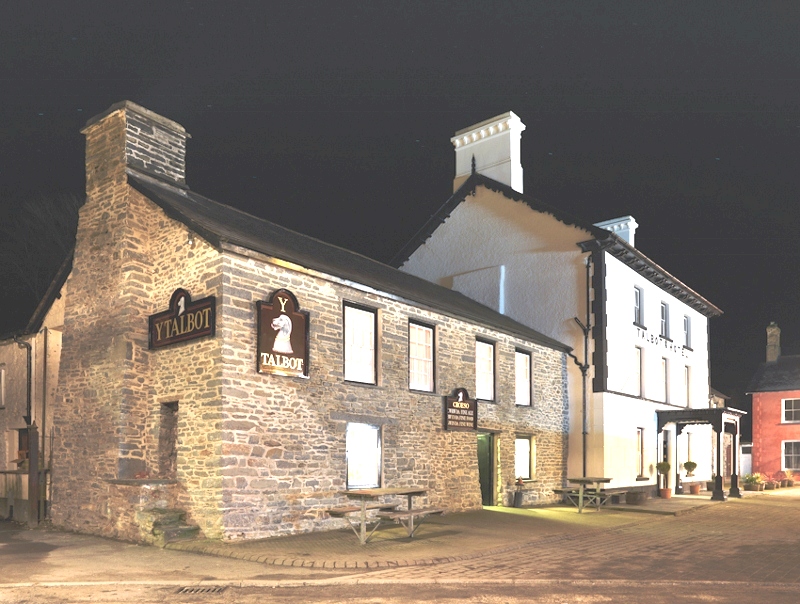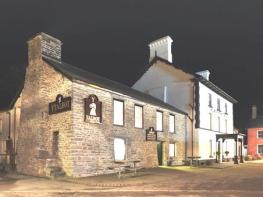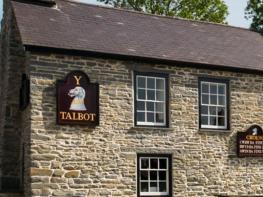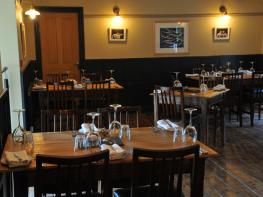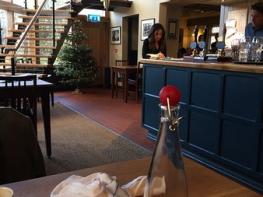Within easy walking distance of the town centre and adjacent to the notable Llandovery Dragons…
Our View
These unique gold mines are set amid wooded hillsides overlooking the beautiful Cothi Valley. 2,000 years ago, the Romans left behind a glimpse of their gold-mining methods. The harsh mining environment continued in the 19th and 20th centuries, ending in 1938. Guided tours take you back to experience the conditions of the Roman, Victorian and 1930s underground workings. See and hear the 1930s mine and mine machinery. Have a go at gold panning and take the opportunity to experience the frustrations of searching for real gold. Please note, underground tours involve steep slopes, stout footwear is essential. Photo credit: Keith Morris.
Facilities – at a glance
Refreshments
Assist dogs allowed
Features
- Parking onsite
- Cafe
- Accessible toilets
- Opening Times: Open daily, mid Mar-Jun & Sep-Oct 11-5; Jul-Aug 10-6
Also in the area
About the area
Discover Carmarthenshire
Carmarthenshire is the largest of the historic counties of Wales, and known to have been inhabited since prehistoric times. Carmarthen, its county town, with its Roman fort, claims to be the oldest town in Wales.
Carmarthenshire was a heavily disputed territory between the Welsh and the Normans in the 12th and 13th centuries, and many of the castles and forts dotting its landscapes date from this period. They include ruins at Carreg Cennen, Dinefwr, Dryslwyn, Laugharne, Llansteffan and Newcastle Emlyn, as well as the slightly better-preserved Kidwelly Castle. Carmarthen Castle, meanwhile, saw further fighting during both the Wars of the Roses and the Civil War, when it was captured twice by the Parliamentary forces, and ordered to be dismantled by Oliver Cromwell.
In these more peaceful times, the economy of the county is mainly agricultural (the 19th-century Rebecca Riots, in which local farmers and agricultural workers protested against higher tolls and taxes, started in Carmarthenshire), and its fertile farmland is known as ‘The Garden of Wales’. A more literal garden, the National Botanic Garden of Wales, opened in 2000.
Nearby stays
Places to Stay
Dining nearby
Restaurants and Pubs
Why choose Rated Trips?
Your trusted guide to rated places across the UK
The best coverage
Discover more than 15,000 professionally rated places to stay, eat and visit from across the UK and Ireland.
Quality assured
Choose a place to stay safe in the knowledge that it has been expertly assessed by trained assessors.
Plan your next trip
Search by location or the type of place you're visiting to find your next ideal holiday experience.
Travel inspiration
Read our articles, city guides and recommended things to do for inspiration. We're here to help you explore the UK.






